How to safely stay active during winter months
As the colder and darker months set in, staying active becomes just as crucial as it is in the rest of the year. Regular physical
As the colder and darker months set in, staying active becomes just as crucial as it is in the rest of the year. Regular physical
“Momentum breeds success.” – Suzy Kassem Goals are great, but in order to reach them, we need to ensure we set ourselves up for
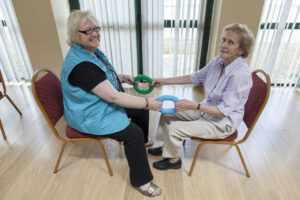
Written by Shane Lee Siel Bleu’s community based exercise classes can play a major role in bridging the gap from clinical rehabilitation and physiotherapy.
The brain, also known as our coordinating centre of sensation, intellectual, and nervous activity, is what maintains our thinking, memory, and functioning capabilities. When we
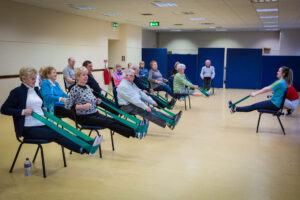
When we start working out we all have the best intentions. We start out excited and, motivated to reach our goals. The first couple of
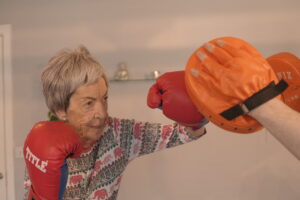
Welcome to Siel Bleu’s myth buster addition! Many people have fears, and speculations when it comes to working out, especially into an older age. In
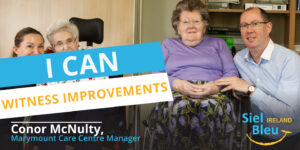
I Can Witness Improvements In Our Residents Written by Erin Mrozek Today in our I Can champion series, we would like to introduce Marymount Care
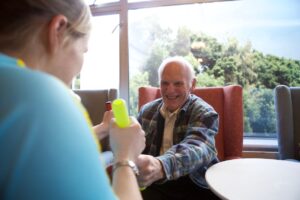
Stay and Boost Confidence in Yourself Gaining confidence is like a rollercoaster throughout our lives. Usually, it starts off a bit low but then as
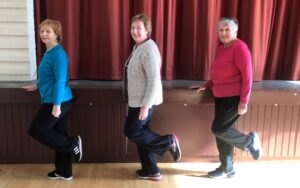
Back pain? It’s probably from your posture! Good posture is something we were always told to have as children and for good reason. Good posture
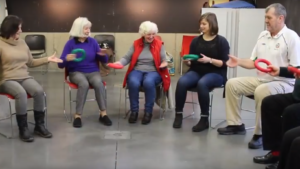
It’s OK to Not Want to Go A Traditional Gym When people say “just go to a gym and start exercising” that is much easier
Legal Notice | Disclaimer | Complaints Procedures | Site Map | CHY 19489 | CRA 20076504 | 18 Eustace Street, Temple Bar, Dublin 2, DO2 WR53 | info@sielbleu.ie | 01 209 6889 | Copyright © 2024 Siel Bleu